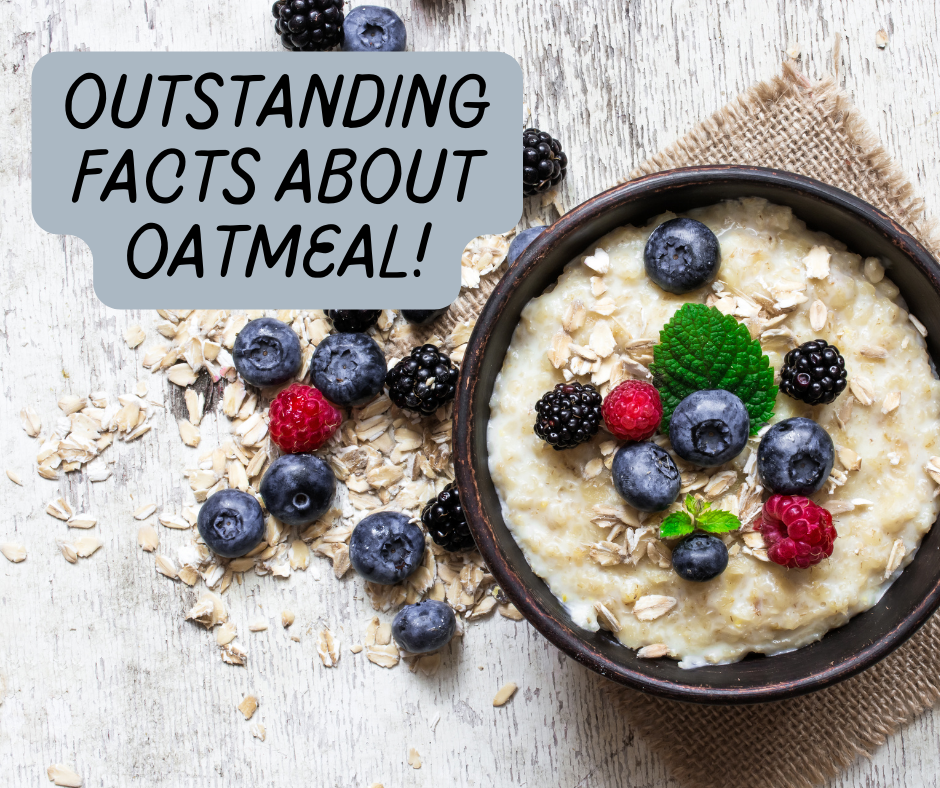A steaming cup of porridge doesn’t exactly scream “good morning,” right? Oatmeal is undoubtedly one of the most unusual, essential superfoods we can eat, and that’s facts. They are creamy, a little nutty, and even a touch sweet. They can even be prepared savory-style for lunch or supper. They’re invigorating, provide you fullness, can be made creamy even without milk, are used to boost exercises, and lift your spirits. A big cheer for oats in general!
However, there are other reasons to adore oats as well. In addition to being tasty and healthy, this category of grains is also highly intriguing and stunning. Think about all these exciting facts the next time you find yourself staring at your oatmeal with banal boredom and sorrow to appreciate one of human civilization’s oldest and most well-liked cereals. And if you haven’t already, show your oats some love by trying exciting ways to prepare them!
A true American favorite.
One of the foods most frequently associated with avoiding heart disease is oats. According to 37 research, eating oats every morning lowers the risk of developing heart disease. Omit butter, milk, and sugar to reap the advantages. You don’t need those because there are delicious toppings and ingredients like almond milk, berries, stevia, nut butter, banana slices, or walnuts.
…but they originated in Asia.
As was previously established, oats were grown on the red oat plant and originated in Asia, notably China. Oats have been developed for 2,000 years in various parts of the world, but Europe is where they started to take off. Since oats were a significant economic crop and a dietary staple in Scotland, Germany, Scandinavia, and Great Britain in the 17th century, we may thank the Scots for bringing them to North America.
Even older than you think.
Whole grain oats were ingested by many people as early as 7,000 B.C., long before Quaker reached our shelves and Cheerios rose to become one of the most well-known oat-based cereals. One of the first grains humans grew was oats, consumed in ancient China by the Greeks, who were also the first to make oat porridge.
Helps with type 2 diabetes.
Poor insulin function, also known as insulin resistance, leads to type 2 diabetes. Insulin can’t reach the cells effectively because of too much unhealthy fat, a diet high in processed foods, or consuming large amounts of refined sugar. One of the only whole grains with a consistent record of reducing type 2 diabetes risk is oats. This is because oats contain more than 300 milligrams of magnesium. This is a great mineral that regulates your blood sugar and aids in naturally maintaining your insulin levels. Because they have a lot of fiber, they are digested gradually. This helps insulin enter the system progressively and preventing blood sugar rises.
And if you’re from Iowa, you’ve won the oat lottery!
It should be no surprise that Cedar Rapids, Iowa, is the country’s top oat producer. It is the birthplace of Quaker oats (the most popular brand.) Although numerous firms create oats, many are organic and gluten-free, and you can purchase Quaker oats to obtain quality. No matter where they are farmed, oats are fantastic.
